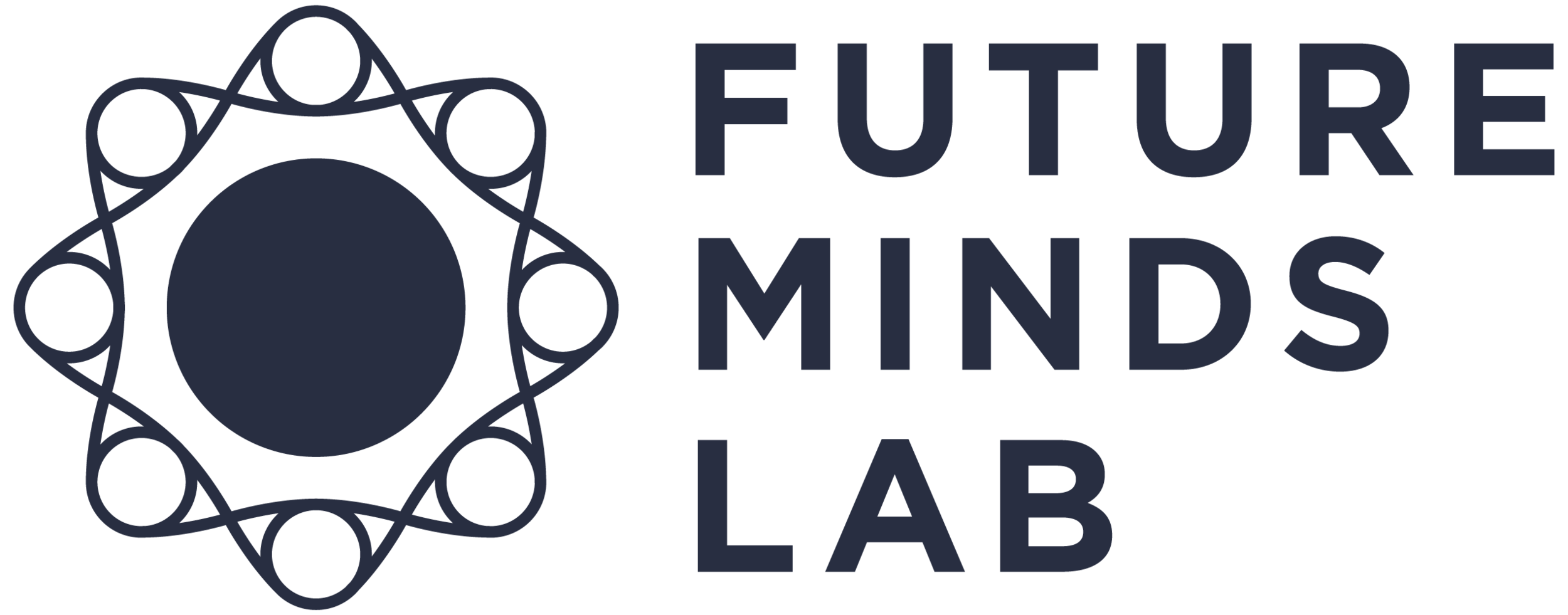Mastering the Mind and Body: Conscious Control of the Autonomic Nervous System
Since the times of the Greek physician Hippocrates, the mind has been believed to play a significant influence on physiological processes, from stress and tension to health and disease. It’s no surprise then that attempts to master this connection between mind and body has been an active pursuit for millennia.
In fact, you’ve most probably heard of seemingly superhuman individuals who can regulate body temperature, withstand extreme pain or control their heart rate.
But how much control over our bodies do we really have?
It may be more than we think.
While involuntary physiological processes are usually outside the realm of conscious control, evidence suggests that these processes, through regulation of the autonomic nervous system, can be voluntarily controlled.
Autonomic Nervous System
The autonomic nervous system regulates the internal physiological processes we don’t consciously think about (e.g. respiration, cardiac regulation and reflexes). Divided into the sympathetic nervous system (‘fight or flight’) and parasympathetic nervous system (‘rest and digest’), this system maintains homeostasis within the body and does a good job of keeping us alive and functioning.
Conscious control of the autonomic nervous system?
The Iceman
Wim Hof, or ‘The Iceman’, is famous for his ability to withstand extreme cold. Currently holding 26 world records – including staying immersed in ice for just under 2 hours and running a full marathon in the Arctic Circle in only shorts – Hof’s feats have attracted worldwide attention and drawn the curiosity of scientists.
Hof attributes his ability to withstand extreme temperatures to a combination of breathing, cold exposure and meditation techniques. Hof claims that his method (which is practised by thousands of his followers around the world) allows one to control the autonomic nervous system, including immune function and the release of various hormones.
His claims appear to be true. One particular study showed his techniques led to the voluntary activation of the sympathetic nervous system including the release of the hormone epinephrine. Furthermore, after being injected with an endotoxin, his techniques led to suppression of the immune response and attenuation of the inflammatory response, leading to an absence of flu-like symptoms compared to controls.
What’s important is that Hof was able to train healthy volunteers to achieve the same effects. This suggests his ability to modulate the autonomic nervous system are not simply a consequence of any special genetic dispositions but rather something that can be learned and trained by anybody.
Voluntary goosebumps
A recent study revealed the ability of some rare individuals to voluntarily control piloerection (‘goosebumps’) at will. Usually, goosebumps are an unconscious phenomenon induced during the cold or strong emotion/arousal. This is because the hairs which stand up on end are smooth muscle and only innervated by sympathetic nerves. This means goosebumps should not be under voluntary control.
However, it appears these individuals may possess some sort of physiological control over the autonomic nervous system. Interestingly, it is also common for them to report simultaneous changes in other autonomic processes during the induction of goosebumps. For example, a previous case study, revealed that activation of goosebumps led to a concurrent increase in heart rate, the rate of respiration and pupil dilation. These are all characteristics observed during activation of the sympathetic nervous system.
Monk superpowers
In the 80s, Harvard scientist Herbert Benson travelled to northern India to investigate the claims of Tibetan monks who could regulate their body temperature through meditation. Benson found that three of these monks, using a meditation practice called g-tummo meditation, could increase their peripheral temperature (fingers and toes) by as much as 8.3°C. A follow-up study also recently showed increases in axillary temperature into the moderate fever zone (38.3°C). And in another study, Benson showed the ability of Tibetan monks to regulate resting metabolism, with increases of up to 61% and decreases of 64% compared to baseline levels.
While monks are known for possessing a level of mastery over their mind and physiological states, their abilities are not confined to the monastery. In fact, the growing interest in mindfulness and meditation in recent years have shown that these practices can have significant effects on one’s physiology in the general population. For example, many published studies have shown reductions in levels of the stress hormone cortisol, blood pressure and improvements in immune function from mindfulness and meditation.
The bottom line?
While research in this area is still in its infancy, it appears that conscious control of the autonomic nervous system is possible.
To what extent it is possible is still unknown. However, if we are able to achieve at least some level of mastery over our own physiology, this could have immense implications for health, medicine and wellbeing.
Instead of relying on drugs or external sources, our health and wellbeing can be in our own hands. Disorders linked to autonomic dysfunction such as autoimmune diseases, high blood pressure and inflammation could be treated or supplemented with practices aimed at improving autonomic control.
One technique called biofeedback, for example, is a well established technique in gaining autonomic control. Biofeedback involves connecting electrical sensors to the body to provide real-time feedback on internal physiological states (e.g. body temperature, blood pressure, heart rate). In essence, biofeedback allows you to ‘see’ internal physiological states and over time, learn to gain conscious control over these states. Biofeedback has shown to be helpful in treating a number of medical conditions including diabetes, hypertension and migraines, as well as improving mental wellbeing.
Alongside practices such as meditation, mindfulness and breathing exercises, these techniques targeted at improving autonomic control could have far reaching benefits. What’s most exciting is that it appears everyone can learn to achieve at least some level of control.
So instead of thinking physiological processes within your body being outside of your control, think again. You might be surprised at what is possible.

